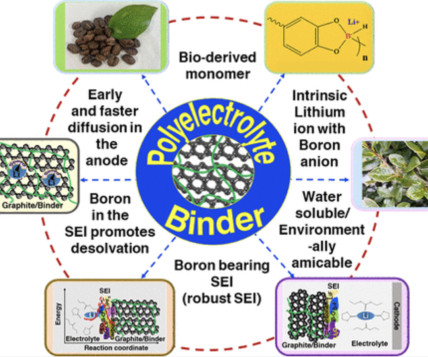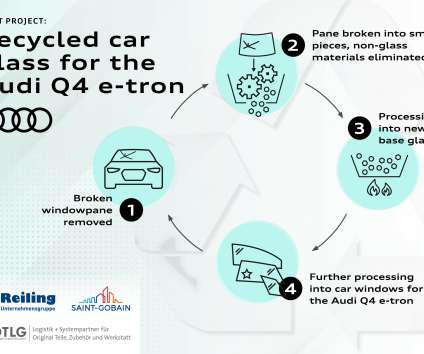Ceramatec licensing molten sodium technology for heavy oil upgrading; removing the need for diluent for bitumen
Green Car Congress
APRIL 10, 2013
Flowchart of Molten Sodium Upgrading process. An innovative oil-upgrading technology that can increase the economics of unconventional petroleum resources has been developed under a US Department of Energy-funded project. Source: Field Upgrading. Click to enlarge. Click to enlarge.



























Let's personalize your content